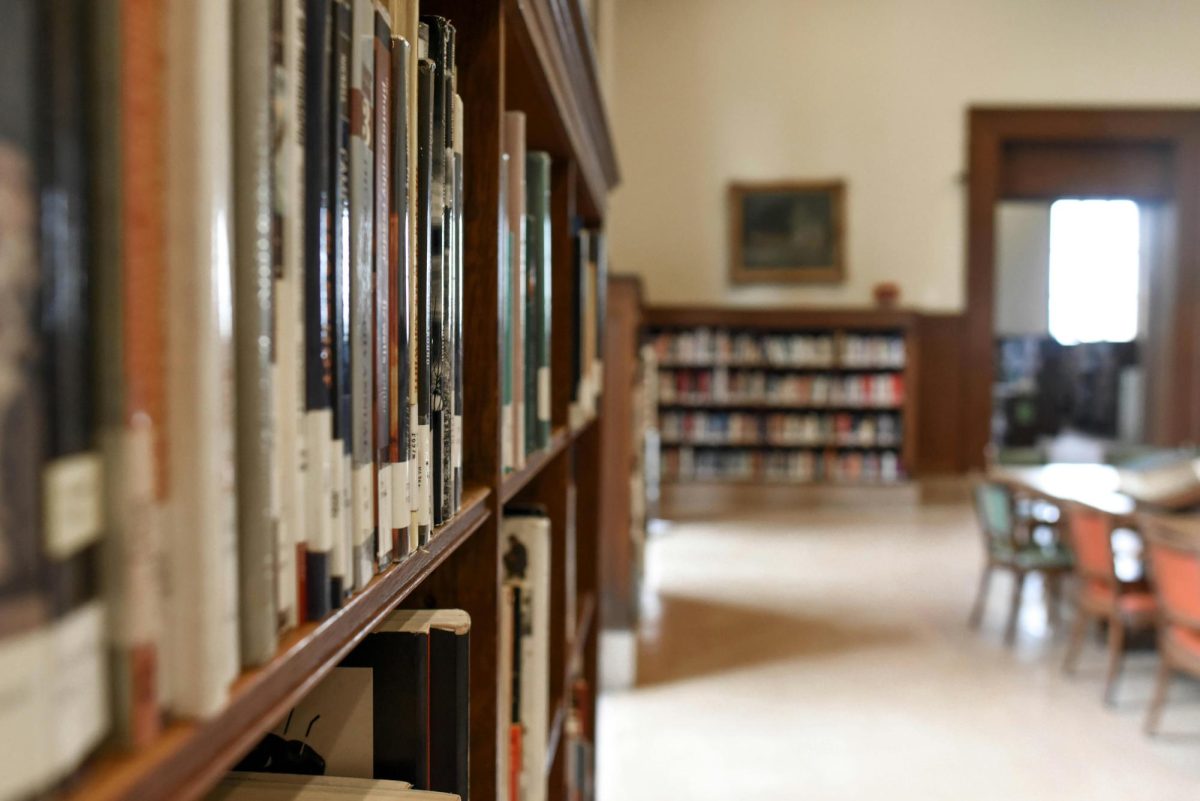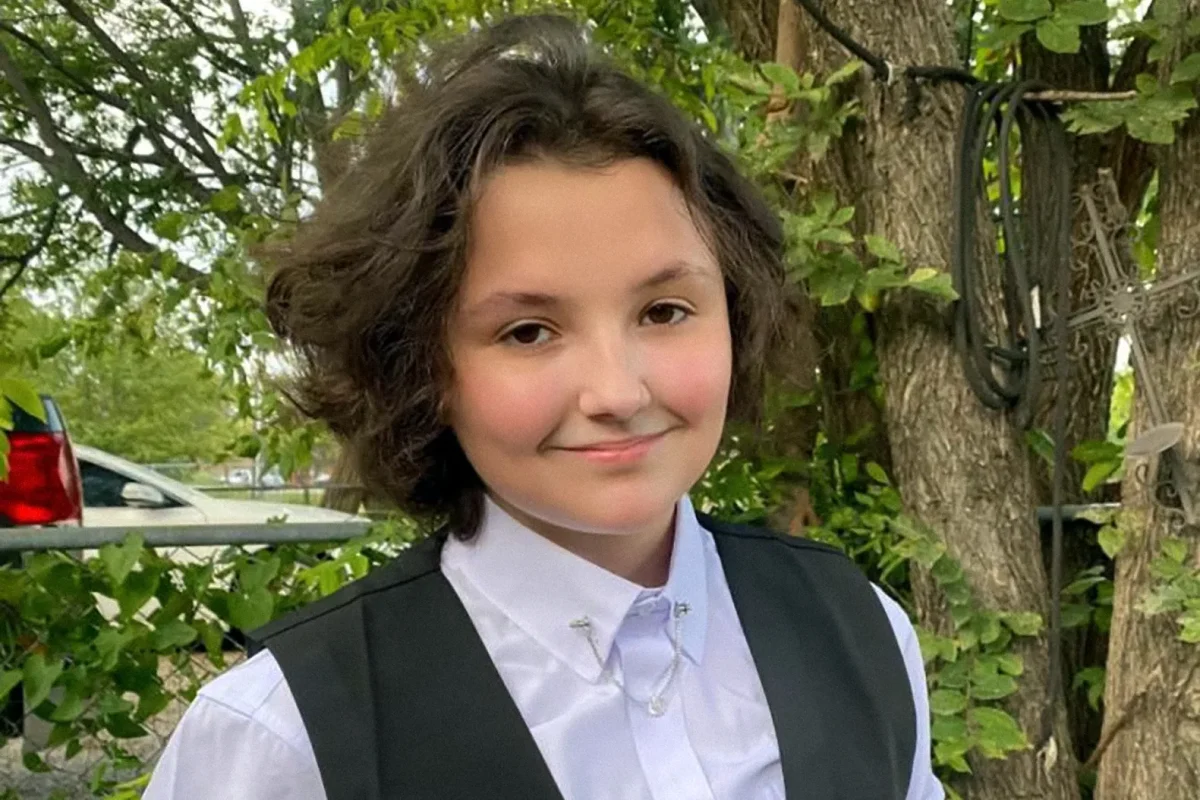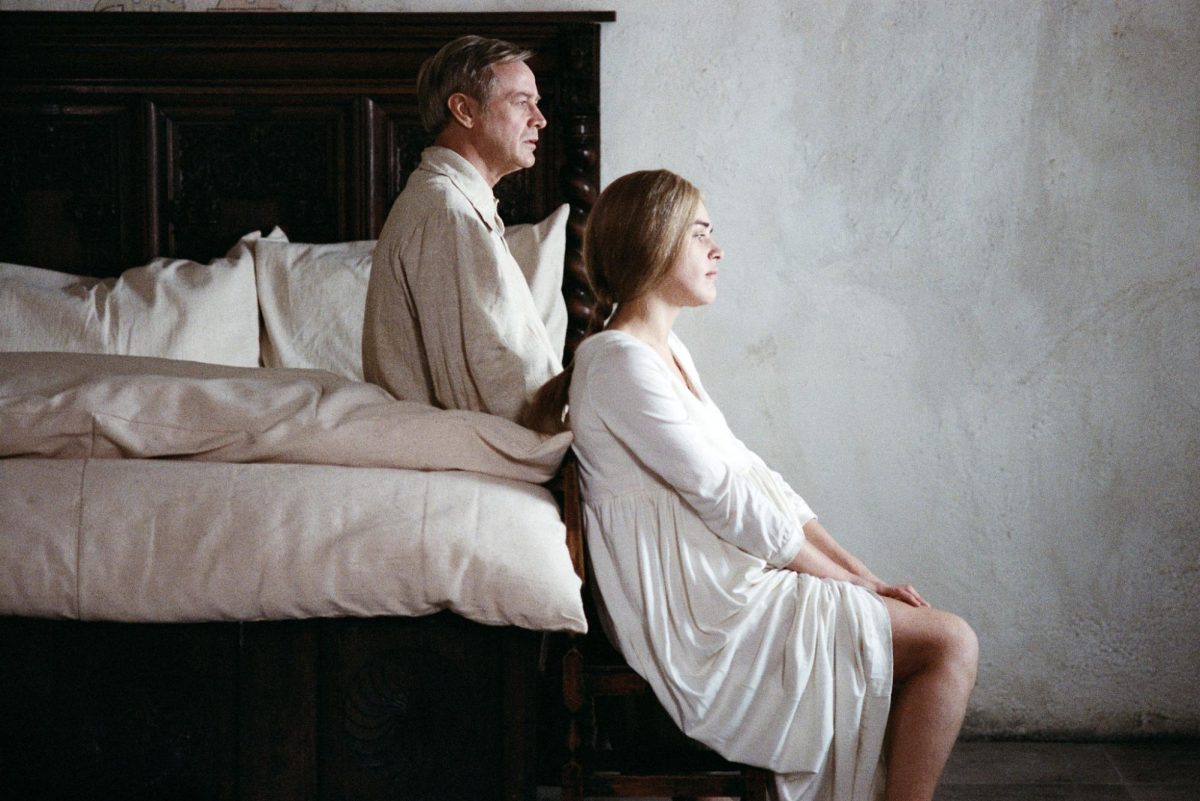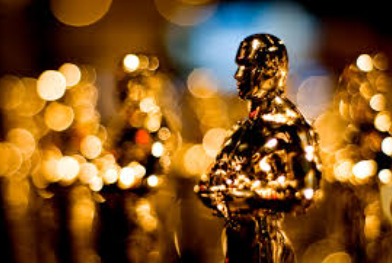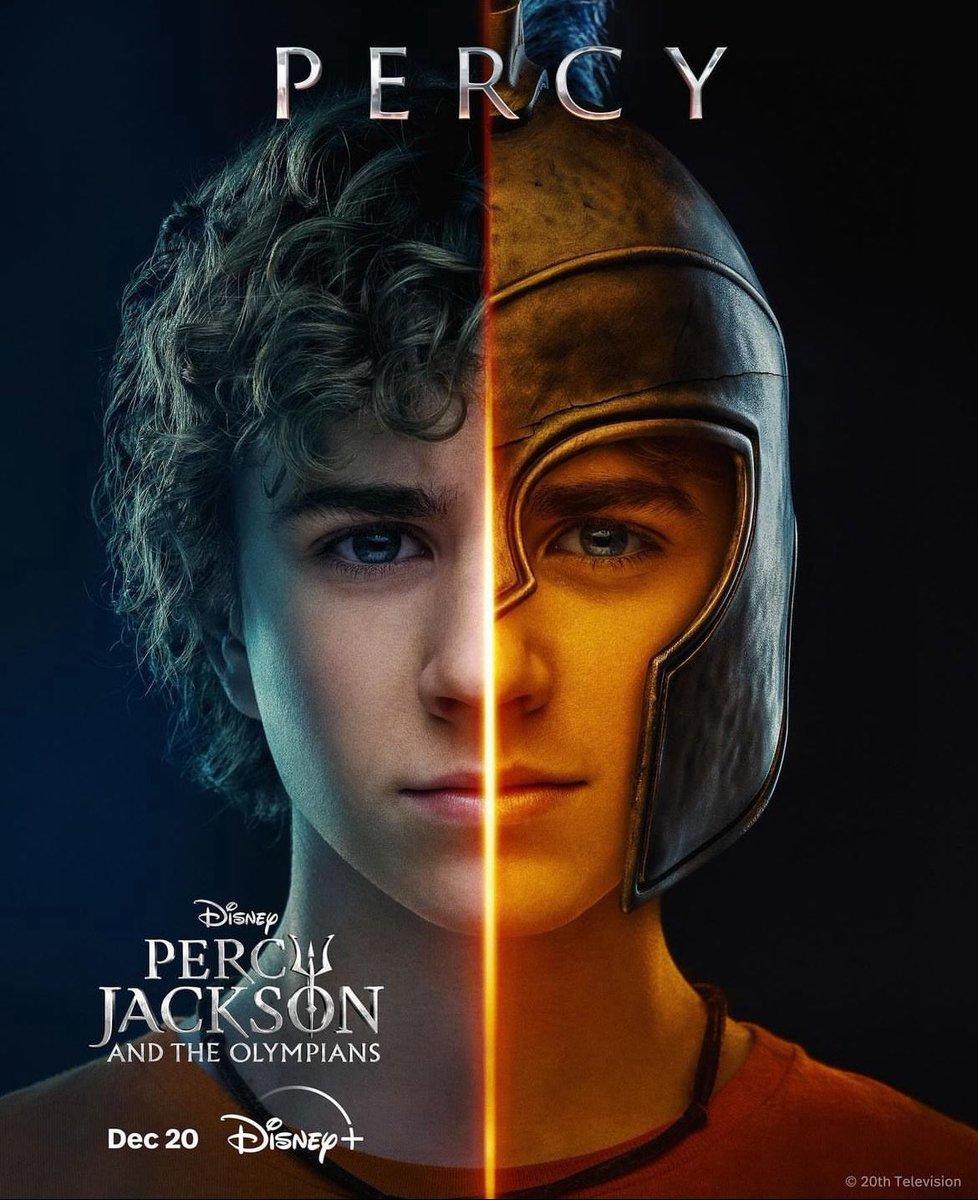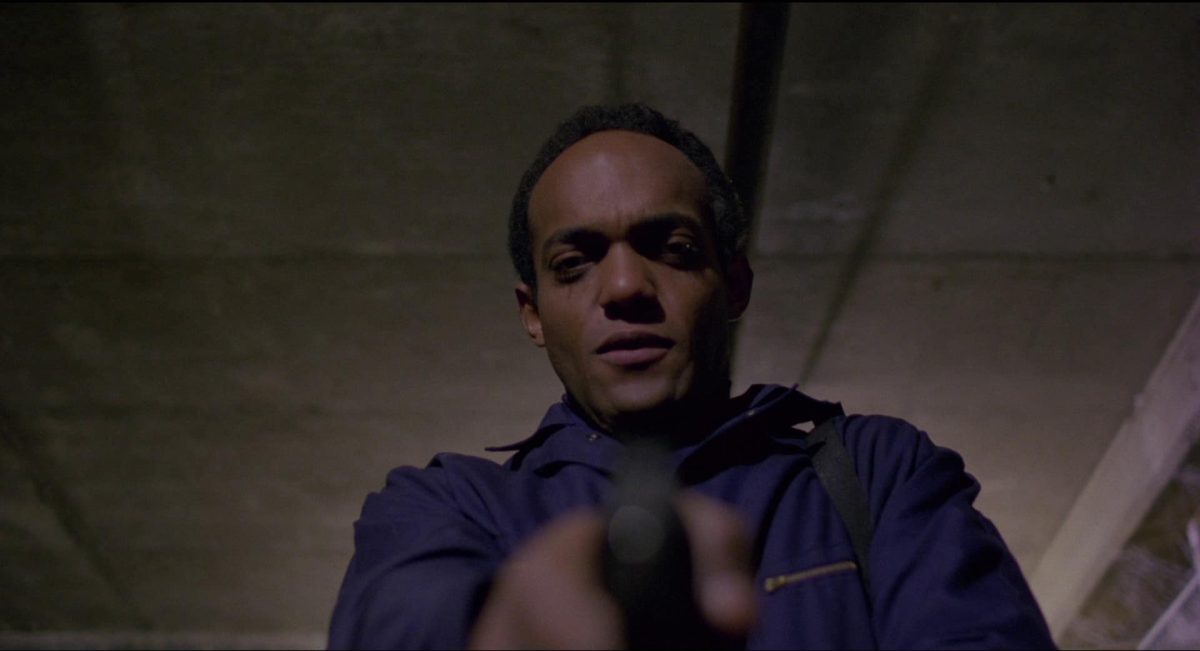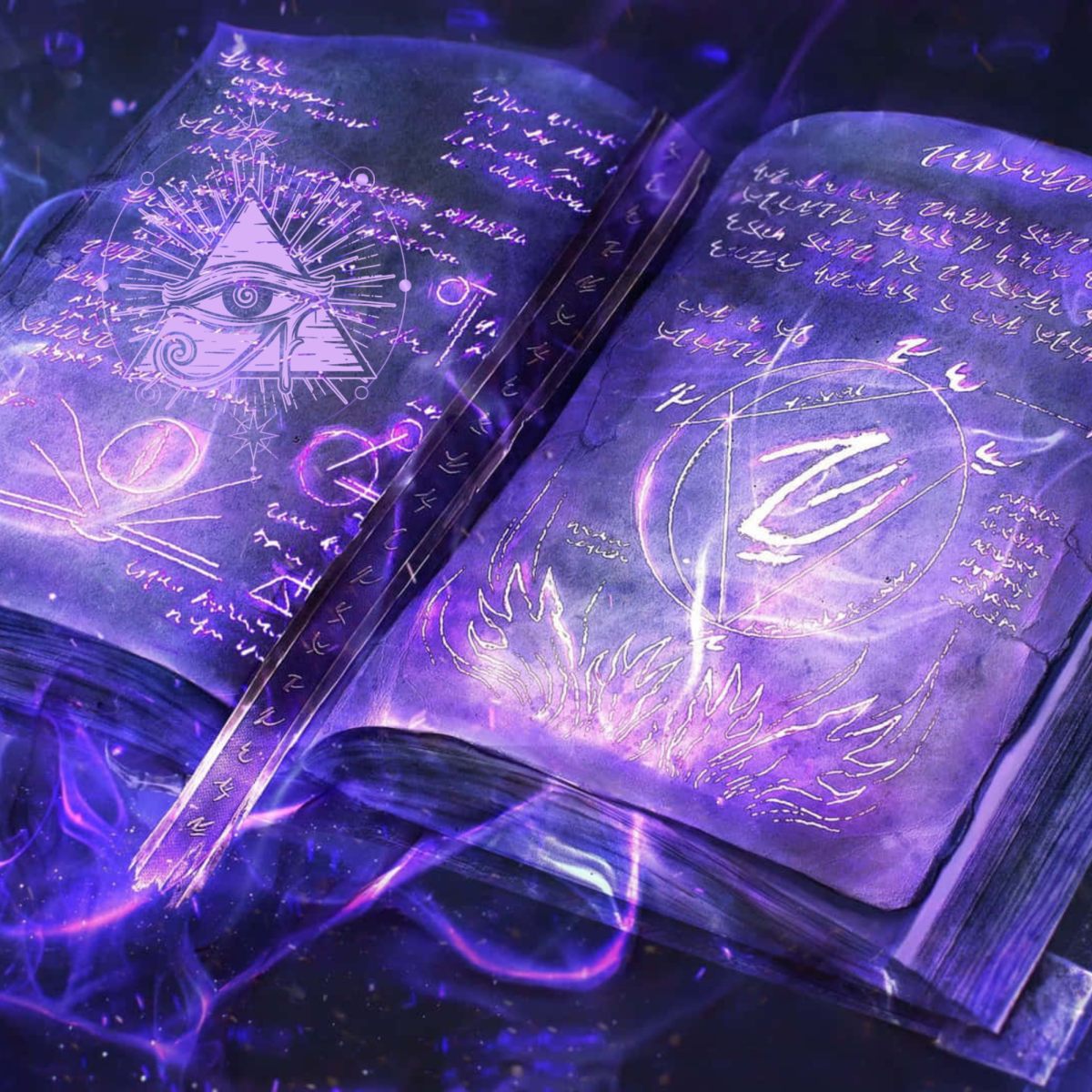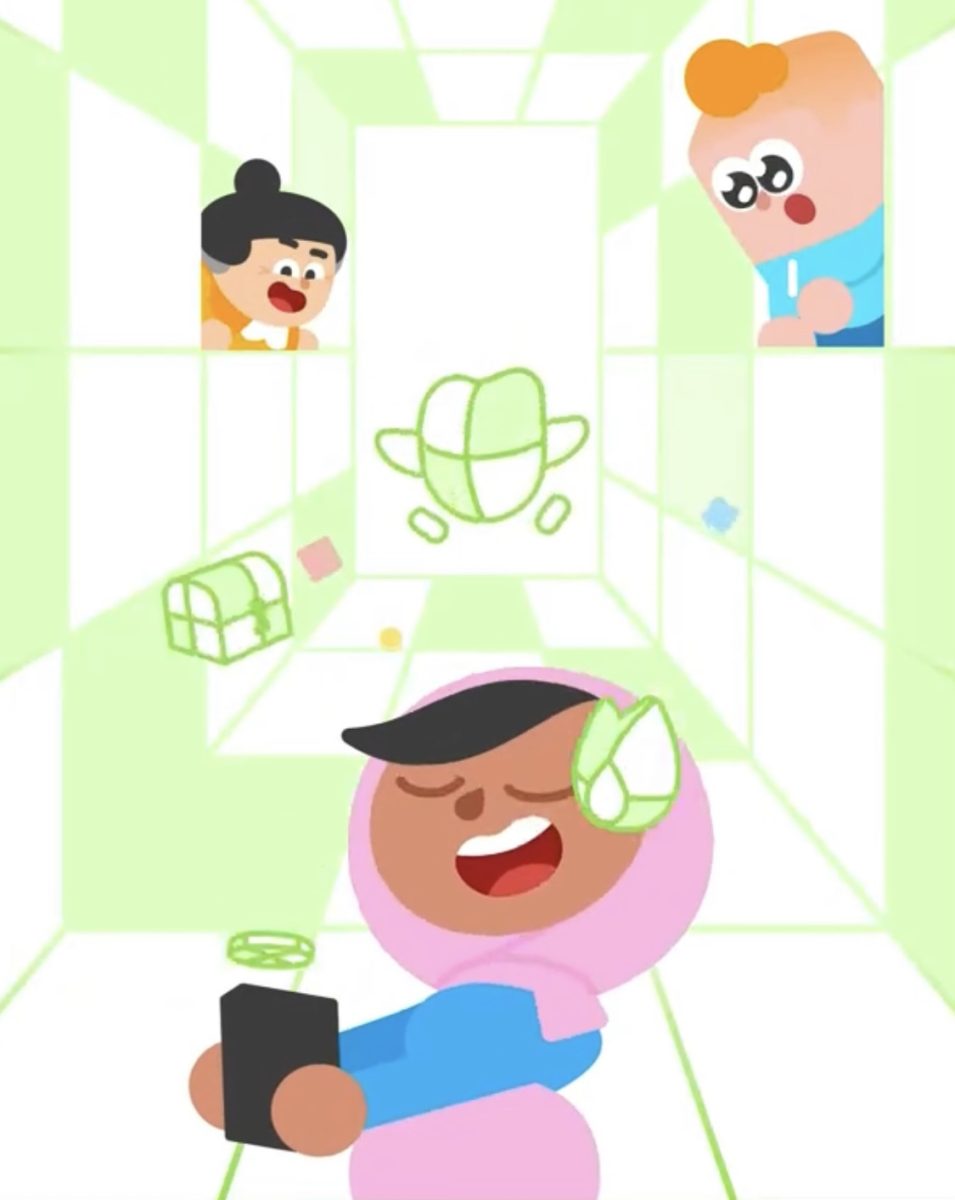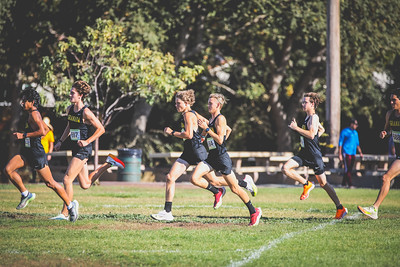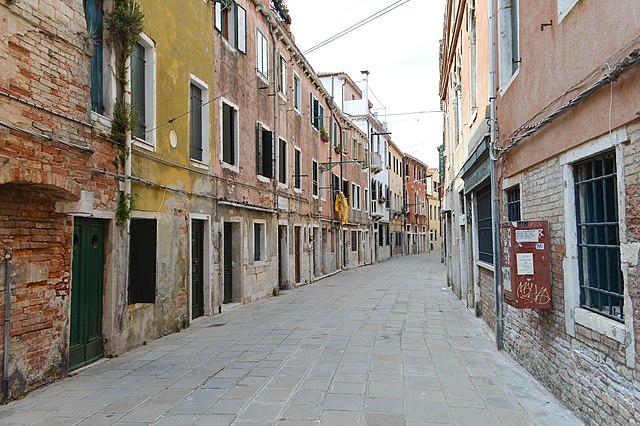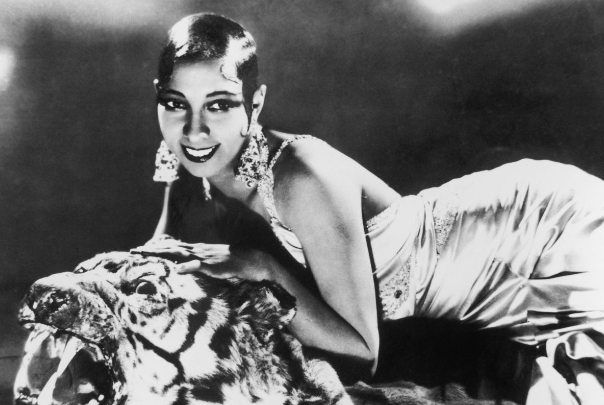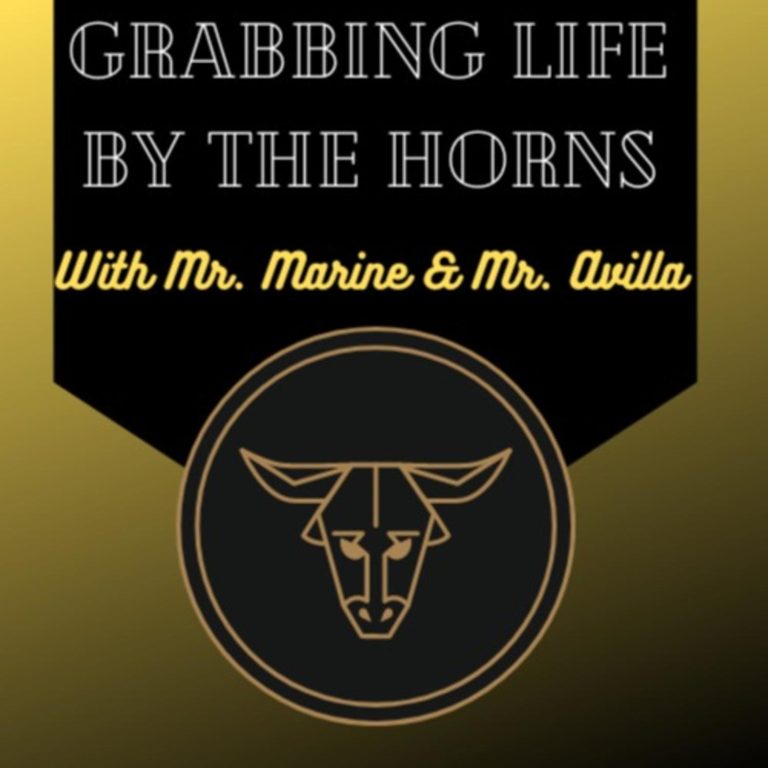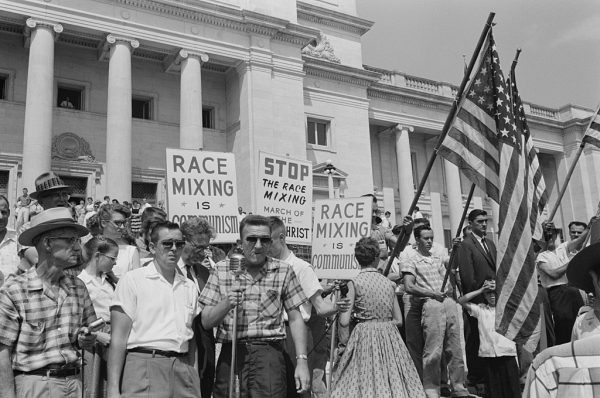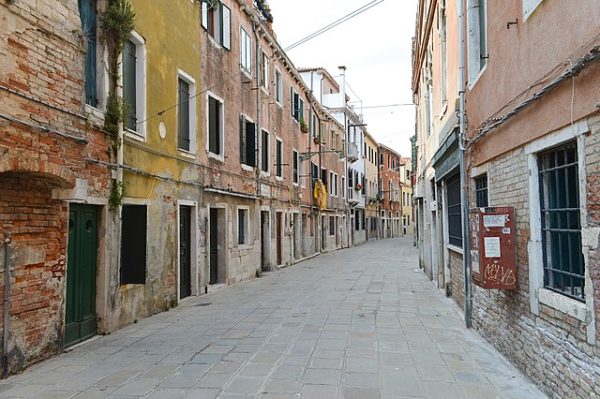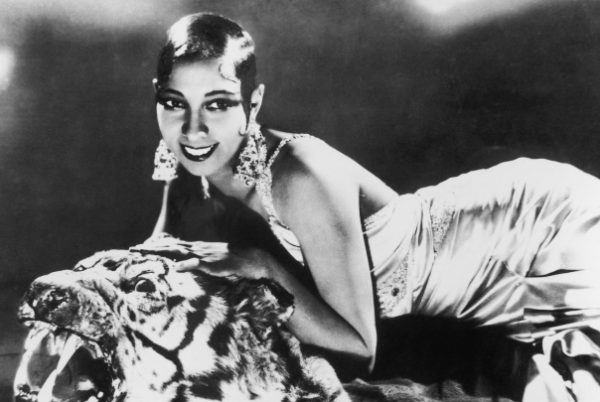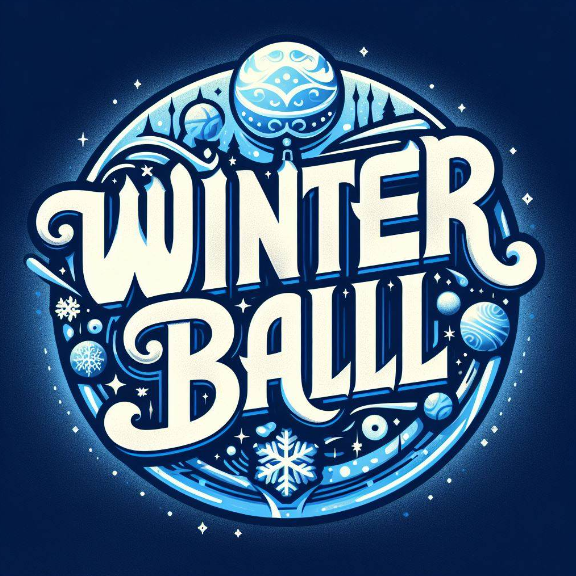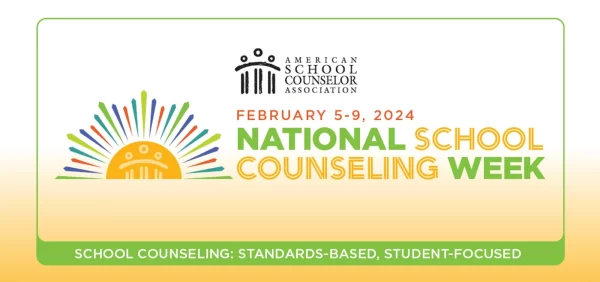What Was Halloween?

November 2, 2022
The etymology of the word “Halloween” actually comes from it being the eve of a Christian holiday called “All Saints’ Day” on November 1st, on which all saints, known or unknown, in Christian theology are honored. The verb “hallow” describes the act of honoring something as holy, or archaically used as a noun denoting “a saint or holy person”. Thus, the eve of hallowing was named “All Hallows Eve” or “Halloween”.
Most people know what Halloween is: a holiday on the last day of October, the 31st, celebrating everything scary and spooky. People under or of the age 18 usually take part in trick or treating, where they go door to door with a bucket to be filled with candy. What many people don’t know, however, is where/how exactly Halloween originated.
In central Europe during ancient times, the Celts celebrated a pagan festival called Samhain. This festival took place between October 31st and November 1st, as they believed this was when the border between the world of the living and the dead was weakest. This meant that they could celebrate with their family members who had passed, but also that there would be tricky fairies, or Sidhs roaming around. To avoid being kidnapped by the Sidhs, people would dress up as monsters or animals. The celebration took place around a large bonfire, which participants would take fire from on a torch to light the fire in their homes.
Many Halloween traditions originated from the same festival and general area. One such practice is the carving of pumpkins to make Jack O’ Lanterns, which originated from an Irish folktale about a man named Stingy Jack. Jack, on multiple occasions, tricked the Devil by confining him to one place with some form of a cross and getting the Devil to promise Jack to not bother him for some amount of years, and to not take his soul upon death. When Jack died, God did not want to allow him into Heaven, and the Devil kept his promise, so he was cursed to wander the earth forever, only guided by a lump of burning coal placed inside a turnip. He was deemed “Jack of the Lantern”, or simply “Jack O’Lantern”. The transition to pumpkins was a result of Irish immigrants bringing the tradition over to America, to which pumpkins were native, and they found them to be great substitutes for turnips. The scary face was a way to ward off Stingy Jack.

Trick or treating has foggier origins, but one theory directly related to Samhain is that people would leave offerings out to satiate the fairies that came to the living world. As people would already dress up to avoid being kidnapped, some dressed up as fairies and requested the same offerings in exchange. Another theory comes from the Irish tradition of “mumming”, where people would go door-to-door and sing to the dead, similar to Christmas caroling. They were paid with pastries. Yet another theory comes from a Scottish tradition of “guising”, in which poor adults and children would be given food in exchange for prayers, which eventually changed to entertainment like songs, tricks, or jokes. A fourth theory is that it stems from a German-American Christmas tradition where children would dress in costumes and get neighboring adults to guess who was who. Those who avoided identification were rewarded with treats.
Going back to the etymology of Halloween, the transition from the name Samhain to Halloween was a result of merging with Christian beliefs starting around the 5th century. It was moved to May 13th and declared a day celebrating saints and heroes who died for their cause, but the October/November celebrations didn’t stop. It was moved back to October/November about four centuries later. In actuality, the holiday became All Saints’ Day on November 1st, but many of the pagan traditions still occurred on the night of October 31, which at that point became the eve of All Saints’ Day. The paganistic characteristics of Halloween were further erased when the tradition grew in America with the influx of Irish immigrants in the 19th century. In newspapers, parents were encouraged to remove the ghoulish aspects of Halloween or anything too frightening. At the same time, people wanted to remove aspects of trickery and witchcraft from the holiday and pushed for more communal traditions, which brought about Halloween parties and the like. Overtime, during the 20th century, Halloween became more targeted for children and much resembled the Halloween people celebrate today.
This year, there are many communal and personal celebrations being held for Halloween, as elaborated on in another article here on The Pomegranate. Make sure to stay safe and enjoy this ancient holiday!


